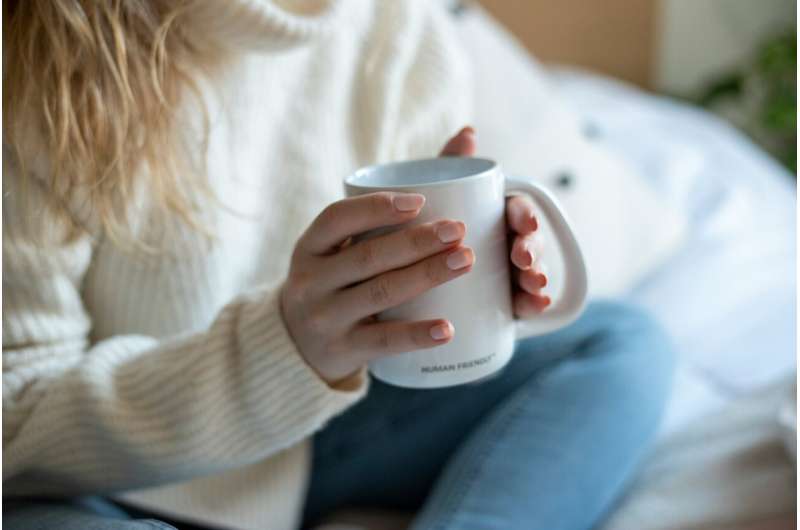Advanced Computational Model Enhances Lung Motion Prediction with Reduced Radiation Exposure

A new computational model accurately predicts lung movement during breathing with minimal radiation, improving safety and precision in lung cancer treatment while requiring only two standard CT scans.
A groundbreaking study led by Professor Li Hai at the Hefei Institutes of Physical Science, part of the Chinese Academy of Sciences, unveils a sophisticated computational model designed to precisely predict lung motion during breathing. This innovation holds significant promise for improving safety and accuracy in lung biopsies and radiotherapy. Published in the journal Computerized Medical Imaging and Graphics, the research demonstrates that the new Population-Characteristic Weighted Sparse (PCWS) model combines large-scale breathing pattern data with individual patient information—requiring only two standard CT scans rather than more invasive four-dimensional imaging. This significantly reduces patient radiation exposure.
Lung motion, driven by the breathing process, creates substantial challenges in lung cancer treatment because tumor positions can shift unpredictably. Traditional models either rely on averaged population data, ignoring individual differences, or necessitate 4D CT scans, which increase radiation dose. The PCWS model addresses these issues by integrating general breathing characteristics with personalized data, achieving a remarkable average prediction error of just 0.20 mm across diverse clinical datasets. Its robustness has been validated across multiple hospitals, showcasing its potential for widespread clinical implementation.
"This approach can enable clinicians to plan and execute lung cancer treatments with greater precision and less risk, thanks to its minimal radiation requirements," commented Prof. Li Hai. The model’s ability to accurately predict lung movement using only two routine CT scans marks a significant advancement toward personalized, low-radiation cancer care, ultimately enhancing patient safety and treatment effectiveness.
For more details, please refer to the original study: Guo-Ren Xia et al, A novel population-characteristic weighted sparse model for accurate respiratory motion prediction in CT-guided lung cancer interventions, Computerized Medical Imaging and Graphics (2025). [DOI: 10.1016/j.compmedimag.2025.102557]
This research underscores the ongoing development of intelligent imaging techniques that improve treatment planning while minimizing risks for lung cancer patients. source: https://medicalxpress.com/news/2025-06-accurately-lung-motion-minimal.html
Stay Updated with Mia's Feed
Get the latest health & wellness insights delivered straight to your inbox.
Related Articles
Innovative Use of Flatworms in Brain Research Could Reduce Animal Testing
Tiny pond-flatworms show promise as an ethical and effective alternative to rodents in brain and mental health research, potentially transforming drug development and reducing animal testing.
Breakthrough in Organ-on-a-Chip Technology: Creating Natural Blood Vessels in Miniature Models
Researchers have developed a rapid, reproducible method to create natural-like blood vessel networks within organ-on-a-chip systems, enhancing disease modeling and drug testing capabilities.
Recognizing the Significant Impact of Tremor in Parkinson's Disease Patients
Recent research underscores that tremor is a major source of disability and emotional distress for Parkinson's disease patients, revealing the urgent need for better treatments.
Microglia Replacement Shows Promise in Halting Rare Brain Disease in Mice and Humans
New research demonstrates that replacing defective microglia can halt the progression of the fatal brain disorder ALSP in mice and humans, offering hope for future therapies.



